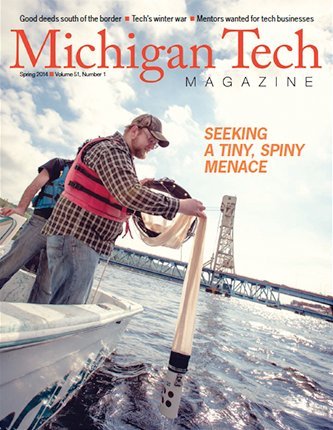 Please join me in welcoming our new Graduate Program Director, Professor Rupali Datta.
Please join me in welcoming our new Graduate Program Director, Professor Rupali Datta.
Dr. Datta joined Michigan Tech as an associate professor in 2008 under prestigious SFHI program. She has proved herself to be a true leader in the field of sustainability with special reference to environmental remediation. Her fields of specialization are Biochemistry, Plant-Microbe Interactions, Phytoremediation, Environmental Remediation and Toxicology. During her life time, she has published over 70 peer reviewed papers, 15 book chapters and two edited books. In addition, she has done over 150 presentations. Please contact Dr. Datta hereafter for any questions regarding our graduate programs.
I also want to thank Professor Nancy Auer for serving as our Graduate Program Director since 2010. During last four years, our graduate program has grown significantly and became highly visible on our campus and beyond. Dr. Auer has been a member of Michigan Tech family since 1984. She has an active research program in the areas of large lake research and restoration of native fish species. She has published many papers, as well as authored several book chapters and recently published a book with David Dempsey – The Great Lake Sturgeon.
We all are grateful to Professor Auer for her outstanding service as Graduate Program Director.
Shekhar Joshi, Chair
Department of Biological Sciences


 From the
From the  From
From 